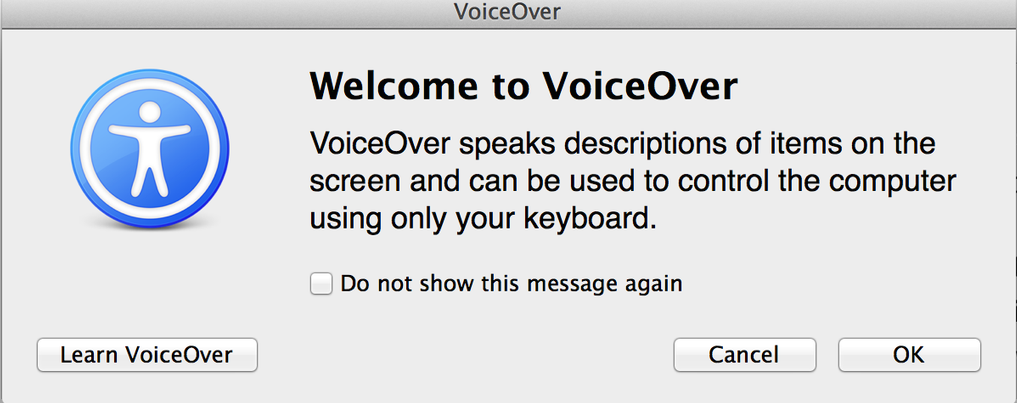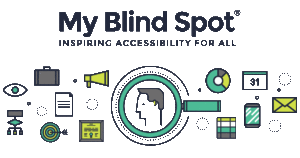VoiceOver is a screen reader built into Apple Inc’s macOS, iOS, watchOS operating systems. This feature is designed to increase accessibility for people with visual impairments. VoiceOver can interact with objects in your apps so the user can drive the interface even if they have trouble seeing it. It ensures that the user interface elements in your apps or watch are accessible and useful.

As an assistive technology, VoiceOver does more than tell the users what’s happening on the Mac or other devices. It gives the users auditory descriptions of each onscreen element and provides helpful hints along the way. Also, it supports more than 35 languages and multiple voice options by turning off the iPhone’s single-tap function on display. VoiceOver can help users hear what’s on display by moving their fingers across the screen. For the user with visual impairments, they can know the words in a wail, a text message, and so on. Also, it can give instructions for using it and just the voice speaking’s rate.
For the MacOS, users can navigate VoiceOver with a simple gesture. By touching the trackpad to hear a description of the item under user’s finger, drag to hear items continuously, and flick to move to the next item. Also, in Safari, VoiceOver improved conformance with HTML5 accessibility standards allows for more consistent navigation of websites.

Instead of seeing the person with disability as ‘having something wrong’ that needs to be ‘fixed’, the social model sees society and the barriers it places to the aspirations and progress of people with disabilities as being at fault. When Apple VoiceOver comes to social model of disability, Haben Grima, who is a deaf-blind lawyer and disability rights advocate is a big fan of it. She says VoiceOver has”“revolutionized how the blind community accesses information.” Screen-reading technology makes her easily lookup street names and text with friend in daily life. Apple has created a diverse set of tools, including VoiceOver, for people with disabilities that help them to use digital products as much ease as others.

Besides Apple, Google also has Talkback verbalize the visible content and read it aloud and Microsoft, working with Guide Dogs UK, has developed a wearable system that creates a “3D soundscape” similar to BlindSquare. People who interact with digital products or technology are different, with various characteristics. Accessible design and accessible technology can enhance usability for all users and creating a more friendly environment.
Bibliography:
https://webaim.org/articles/voiceover/
https://www.cnet.com/news/apple-iphone-voiceover-technology-for-the-blind/
https://www.apple.com/accessibility/mac/vision/
